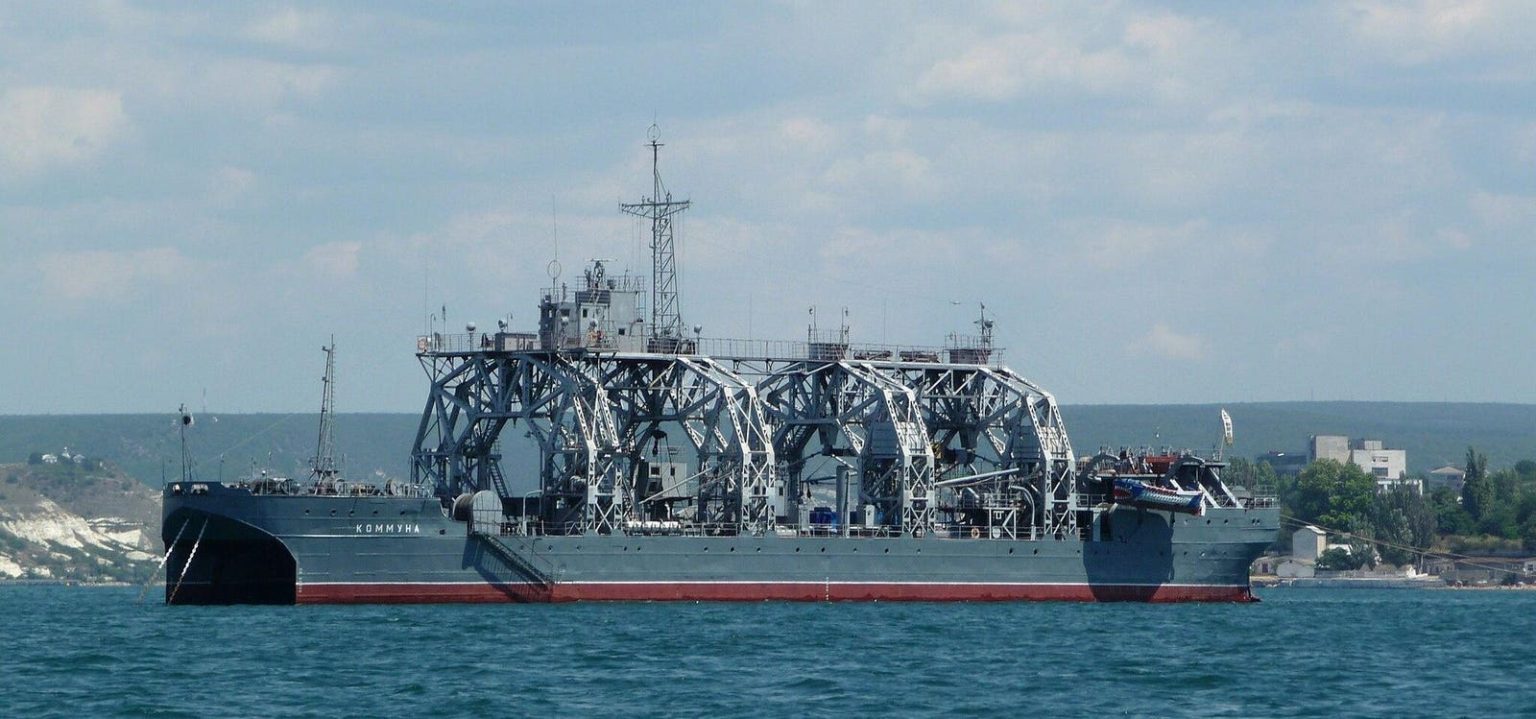The Russian navy rescue ship Kommuna has a long and storied history, having survived two world wars and serving in three different fleets. Recently, the vessel narrowly escaped major damage during a Ukrainian missile raid on the Russian Black Sea Fleet’s anchorage in Sevastopol, in occupied Crimea. Although satellite imagery showed no obvious major damage to Kommuna’s hull, deck, or superstructure, it is unknown if there was internal damage that cannot be verified.
Despite surviving the recent attack, Russian sailors and the 111-year-old rescue ship cannot assume they are safe from future threats. The Ukrainians may have used their newest Neptune cruise missiles in the raid on Sevastopol, and more of these ground-launched missiles are on the way. Ukrainian missiles, drones, and saboteurs have targeted the Black Sea Fleet multiple times during Russia’s wider war on Ukraine, damaging or destroying several large ships, air bases, air defenses, and command posts in various ports.
When Ukrainian forces target the Black Sea Fleet, they often use Neptunes, which are new versions of the old Soviet Kh-35 cruise missile. The Neptune was still a prototype when Russia escalated its war on Ukraine in 2022. The first operational Neptune battery fired its first shots in anger in April of that year, sinking the Black Sea Fleet flagship, the Moskva. The Neptune has proven its effectiveness with its rocket booster, turbofan engine, radar seeker, and 300-pound warhead.
To reach Russian warships that have moved farther from the coast as a defensive measure, the Luch Design Bureau in Kyiv developed a “Long Neptune” with a longer range of 200 miles. This upgraded missile also features tweaks to its seeker to enhance its targeting capabilities. The Long Neptunes were used for the first time in August, damaging a Russian air force S-400 air-defense battery in Crimea, and they were part of a larger raid in which they targeted Russian ships in Sevastopol as well as port facilities and an oil depot.
The recent missile attack on Kommuna may not have caused significant damage to the 111-year-old ship, but it serves as a reminder that more attacks are likely as the war in Ukraine continues. Ukrainian officials have reportedly increased Neptune production tenfold, potentially providing strike planners in Kyiv with a substantial number of missiles for future operations. With just a few Neptunes capable of sinking a cruiser and damaging several other ships, air defenses, and facilities, the potential impact of a larger arsenal of these missiles is significant and concerning. The ongoing conflict in Ukraine shows no signs of abating, and the threat of further missile attacks on Russian assets remains high.


